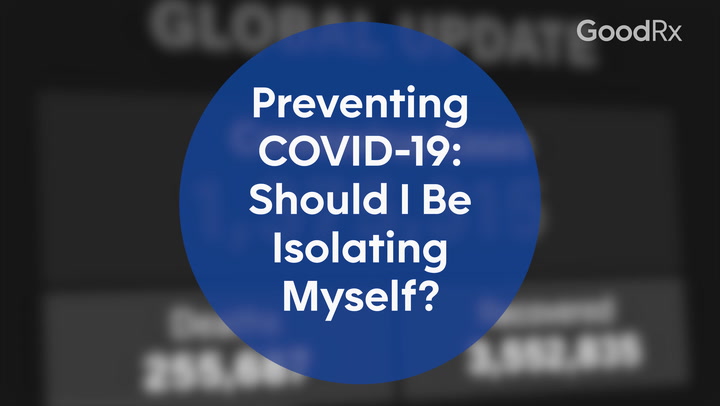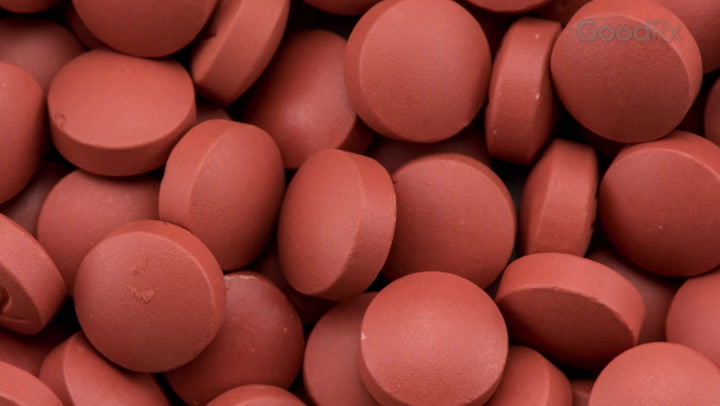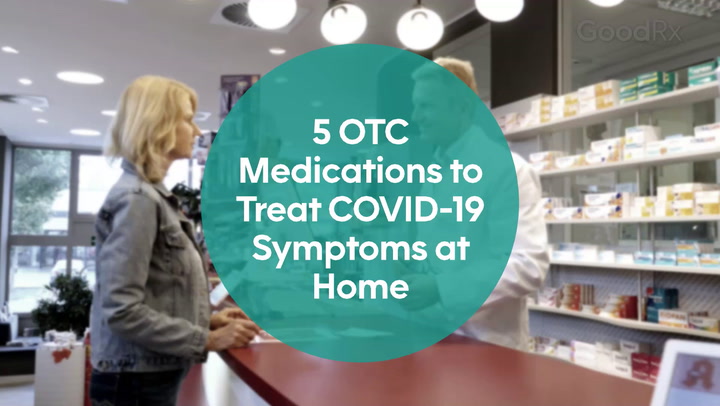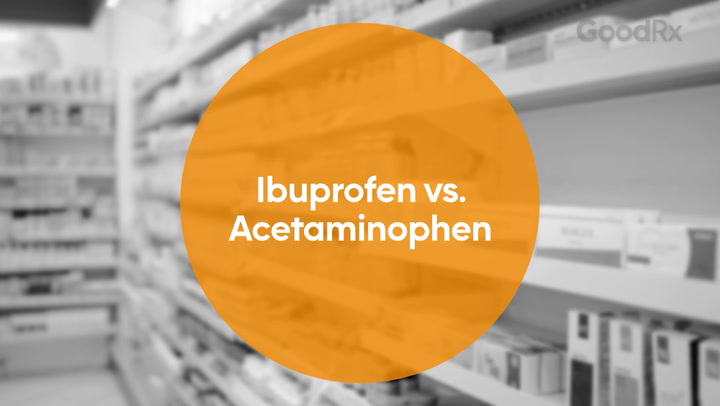
What Pharmacists Say About How Long Tylenol Takes to Work (Plus 4 More Tips)
Key takeaways:
Tylenol (acetaminophen) is a medication that helps manage pain and fever in kids and adults. It’s available in many over-the-counter (OTC) products, and it’s also found in some prescription pain medications.
Tylenol works relatively fast to treat pain and fever. The oral forms of Tylenol are most common, and they typically start working within 45 minutes.
Many OTC products contain Tylenol. Checking the “Drug Facts” label on OTC products before you take them can help ensure you don’t take too much Tylenol.

Tylenol (acetaminophen) is a pain and fever-reducing medication found in over 600 over-the-counter (OTC) and prescription pain products. So while browsing the shelves of your local pharmacy or supermarket, it’s common to see a variety of products that contain Tylenol. Some are stand-alone products, and many are combination cough and cold products.
When taken at the recommended dose, Tylenol is considered to be a safe, first-choice medication for treating mild to moderate pain. And while it starts to work relatively quickly to relieve pain or fever, the specific timeframe can vary. Your pharmacist can be a helpful resource on this and can provide tips for taking Tylenol safely while getting the most out of this medication.
What is Tylenol?
Tylenol is an OTC medication that’s widely available as a generic and brand-name product. It’s used to manage pain and fever in kids and adults. It helps reduce pain and fever by blocking certain chemicals in the brain.
Tylenol is most often used as an oral tablet, capsule, or liquid. It also comes as a rectal suppository and injection given into the vein (IV). The IV form — available by prescription only — is typically given in a hospital setting by a healthcare professional.
Oral versions of OTC Tylenol can be found as a stand-alone medication and in several combination products. Some examples of combination products include:
Excedrin Migraine (acetaminophen, aspirin, and caffeine)
NyQuil Cold and Flu (acetaminophen, doxylamine, and dextromethorphan)
Mucinex Sinus-Max (acetaminophen, guaifenesin, and phenylephrine)
Alka-Seltzer Plus (acetaminophen, dextromethorphan, chlorpheniramine, and phenylephrine)
Tylenol is also found in some prescription pain medications, especially ones that contain opioids. Common examples are Tylenol #3 (acetaminophen/codeine), Percocet (oxycodone/acetaminophen), and hydrocodone/acetaminophen.
For kids and adults ages 12 and older, the typical oral dosage of Tylenol is 650 mg by mouth every 4 to 6 hours as needed. The typical dose for kids 2 to 11 years is based on age and body weight. You can ask a healthcare provider about Tylenol dosing for kids younger than 2 years old.
5 pharmacist-backed tips for taking Tylenol
While browsing the aisles of your local supermarket or pharmacy, it’s natural to wonder if there are any special tips or tricks for taking Tylenol. Your pharmacist and healthcare provider are go-to resources to help you get your questions answered.
1. How long does Tylenol take to work?
In general, the oral forms of Tylenol take up to 45 minutes to start working. But the effervescent (dissolving) tablets may work faster — they take about 20 minutes. However, specific timeframes may vary from person to person.
When it comes to Tylenol suppositories, they take about 1 to 2 hours to take effect. The IV form of Tylenol starts to relieve pain in about 5 to 10 minutes, and it helps lower fever in about 30 minutes.
While times vary, one form of Tylenol isn’t considered better than the rest. All available dosage forms provide the same effectiveness for treating pain and fever.
2. Should I take my Tylenol with food and water?
You can take oral Tylenol with or without food. But taking Tylenol on an empty stomach may help it work slightly faster. Food aside, you should take Tylenol with a full glass of water.
But when it comes to Tylenol suppositories and IV Tylenol, food and water don’t make a difference.
3. Should I separate any medications from Tylenol?
Tylenol doesn’t need to be separated from any medications throughout the day. But several medications can interact with Tylenol. These interactions can raise the risk of experiencing side effects.
For instance, if you take the blood thinner warfarin (Coumadin, Jantoven), your healthcare provider may want to monitor your blood work more closely if you take Tylenol frequently. Tylenol can enhance warfarin’s effects, so the combination could raise your risk of bleeding.
Tylenol is also known to be tough on your liver. Certain medications can raise the risk of developing liver problems when taken with Tylenol, such as:
Phenytoin (Dilantin, Phenytek)
Carbamazepine (Tegretol)
Imatinib (Gleevec)
Alcohol also affects your liver, so drinking in moderation is important. This is especially true if you take Tylenol frequently. It’s best to limit alcoholic beverages to one drink for women and two for men each day. The combination of alcohol and Tylenol could potentially cause liver damage.
Keeping a current list of your OTC and prescription medications can be helpful for your pharmacist or healthcare provider to check for any interactions.
4. What can I do if I experience side effects from Tylenol?
Tylenol is generally well-tolerated. The most common side effects of Tylenol are nausea and headache, but these are rare. It also causes fewer stomach-related side effects than nonsteroidal anti-inflammatory drugs (NSAIDs), like ibuprofen (Advil, Motrin) and naproxen (Aleve, Naprosyn).
Serious side effects from Tylenol are also possible, albeit rare. It has the potential to cause liver damage and severe skin rashes. Signs of liver damage include vomiting, stomach pain, and low blood pressure. Serious skin rash symptoms may include skin reddening, sores, and blisters.
If you experience symptoms of any serious side effects, stop taking Tylenol. Contact your healthcare provider for guidance as soon as you can. But if your symptoms feel severe, seek emergency medical care right away.
5. How much Tylenol is too much?
For most people, taking more than 4,000 mg of Tylenol in one day is too much. But if you have liver problems or take certain medications that interact with Tylenol, your maximum recommended daily dose may be lower. Your healthcare provider can tell you how much Tylenol is safe for you to take.
Keep in mind that this cutoff includes Tylenol from all sources. Always read the “Drug Facts” label on OTC products before taking them. This helps make sure you aren’t accidentally taking multiple Tylenol-containing products at the same time. Keep in mind many labels will likely say “acetaminophen” rather than Tylenol.
If you think you or a loved one have taken too much Tylenol, contact Poison Control immediately at 1-800-222-1222.
Tips on how to save money with your Tylenol prescription
Tylenol is available as an affordable OTC pain reliever. Since it’s available as a generic option, this can also help you save money. But if you fill Tylenol as a prescription, GoodRx can help you save. Generic acetaminophen at certain pharmacies is less than $1 with a free GoodRx discount.
The bottom line
Tylenol is widely available in a variety of OTC products to manage pain and fever. It typically starts working quickly to relieve symptoms. Side effects are usually mild. But if you experience symptoms of liver damage or a skin rash, reach out to your healthcare provider right away. Make sure not to double up on Tylenol products to prevent taking too much.
Why trust our experts?



References
Acetaminophen Awareness Coalition. (n.d.). Common medicines containing acetaminophen.
Acetaminophen Awareness Coalition. (n.d.). Get the facts about acetaminophen.
Agrawal, S., et al. (2022). Acetaminophen toxicity. StatPearls.
Amaechi, O., et al. (2021). Pharmacologic therapy for acute pain. American Family Physician.
Anderson B. J., et al. (1995). Pharmacokinetics of rectal paracetamol after major surgery in children. Paediatric Anaesthesia.
DailyMed. (2020). Acetamax [package insert].
DailyMed. (2022). Mucinex Sinus-Max Severe Congestion and Pain [package insert].
Gerriets, V., et al. (2022). Acetaminophen. StatPearls.
Hikma Pharmaceuticals USA Inc. (2022). Acetaminophen injection [package insert].
Lopes, R. D., et al. (2011). Warfarin and acetaminophen interaction: A summary of the evidence and biologic plausibility. Blood.
MedlinePlus. (2022). Acetaminophen.
Møller, P. L., et al. (2013). Time to onset of analgesia and analgesic efficacy of effervescent acetaminophen 1000 mg in postoperative dental pain: A single-dose, double-blind, randomized, placebo-controlled study. The Journal of Clinical Pharmacology.
Moore, R. A., et al. (2015). Effects of food on pharmacokinetics of immediate release oral formulations of aspirin, dipyrone, paracetamol and NSAIDs - a systematic review. British Journal of Clinical Pharmacology.
Poison Control. (n.d.). Get poison control help.
Twycross, R., et al. (2013). Acetaminophen (paracetamol). Journal of Pain and Symptom Management.
U.S. Food and Drug Administration. (2016). FDA drug safety communication: FDA warns of rare but serious skin reactions with the pain reliever/ fever reducer acetaminophen.
U.S. Food and Drug Administration. (2015). OTC Drug Facts label.
Was this page helpful?
Related Articles
Browse medications
View AllResearch prescriptions and over-the-counter medications from A to Z, compare drug prices, and start saving.




























